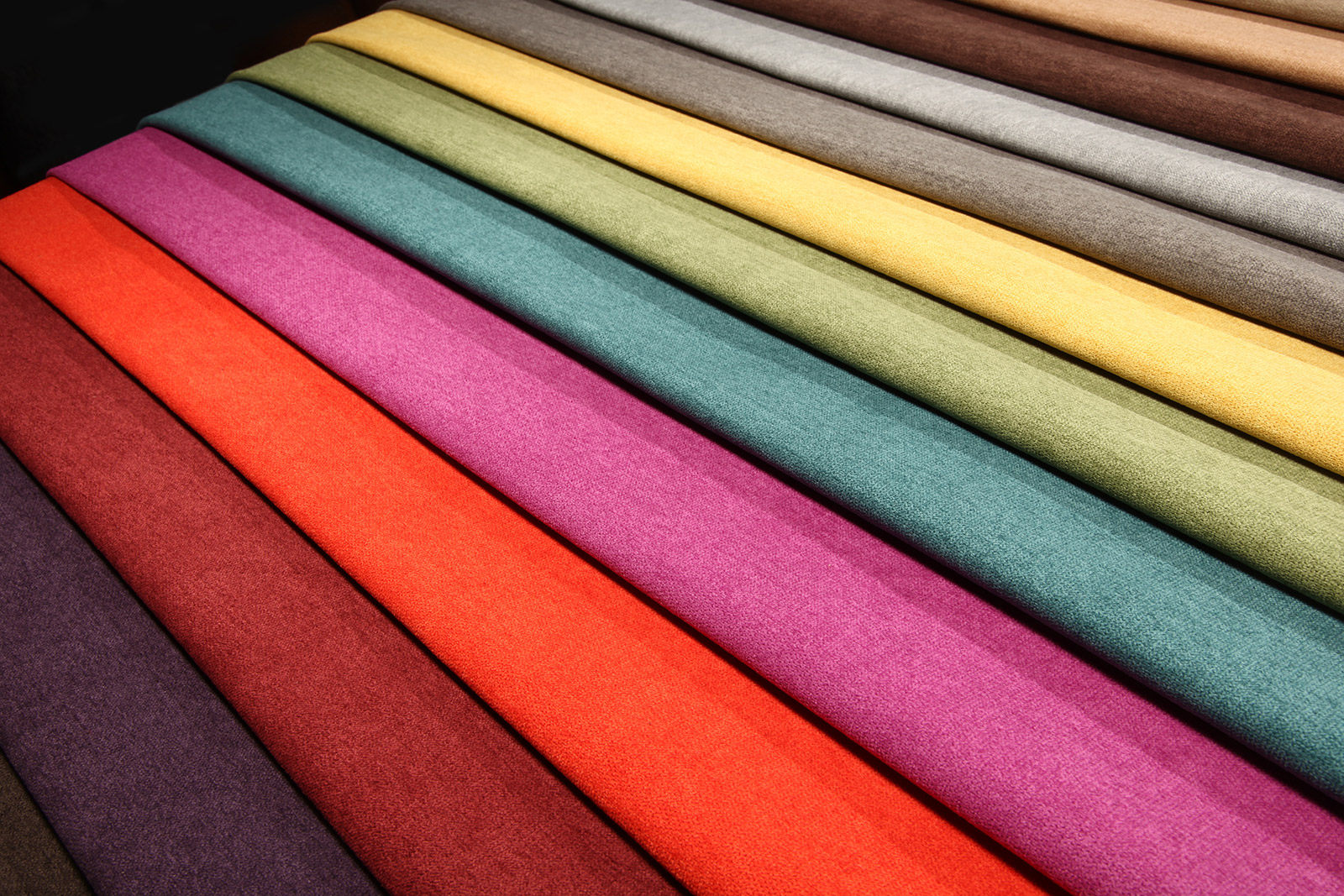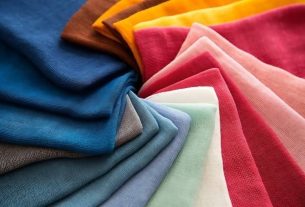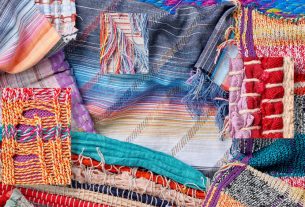The future of textile and fashion e-commerce is a topic that has been c4canucks.com gaining significant attention in recent years. With the advent of technology, the way we shop for clothes and hbot2017.com accessories has drastically changed. Today, consumers can browse through thousands of options from the comfort of their homes, compare prices across different platforms, read reviews before making a purchase decision, and even virtually try on clothes using augmented reality tools.
The growth of online shopping in the textile and fashion industry is not just a passing trend but a shift in consumer behavior that is here to stay. In fact, according to Statista’s report, it’s estimated that by 2023 e-commerce will account for 22% of global retail sales. The pandemic has further accelerated this shift as lockdowns forced physical stores to close while online businesses thrived.
Innovation continues to shape the future of textile and fashion e-commerce; one such example is artificial intelligence (AI). AI can analyze customer data to provide personalized product recommendations based on browsing history or previous purchases. This personalization enhances customer experience leading to wordcraftedblog.com increased brand loyalty and higher sales.
Another exciting development is sustainable fashion becoming mainstream with more conscious consumers demanding ethical practices washingtonstreethospitality.com from brands they support. E-commerce platforms are responding by offering eco-friendly products or showcasing brands that follow sustainable manufacturing processes.
Furthermore, social media platforms are playing an increasingly important role mjktips.com in driving sales for fashion e-commerce businesses. Instagram’s shoppable posts allow users to buy products directly from images and videos without leaving the app; this seamless integration between social media browsing and shopping reduces friction for customers resulting ahendrichinc.com in increased conversion rates.
Blockchain technology also holds great potential in revolutionizing the industry by introducing transparency into supply chains thus ensuring authenticity which could be particularly beneficial for high-end luxury brands combating counterfeiting issues.
However, despite these advancements there remain challenges within this sector including managing returns effectively given high return rates associated with online clothing purchases due to sizing errors or discrepancies between product image and actual product.
Also, while technology can enhance customer experience, it cannot replace the tactile experience of feeling a fabric or trying on greycupstreams.com a garment which is an essential part of shopping for many consumers. Therefore, omnichannel retailing where businesses integrate their online and physical presence to offer a putrakomar.com seamless shopping experience will become increasingly important.
In conclusion, the future of textile and fashion e-commerce lies in leveraging technological advancements to provide personalized, sustainable options for consumers while integrating online with offline experiences. Despite challenges, with continuous innovation this sector holds immense potential for growth.



